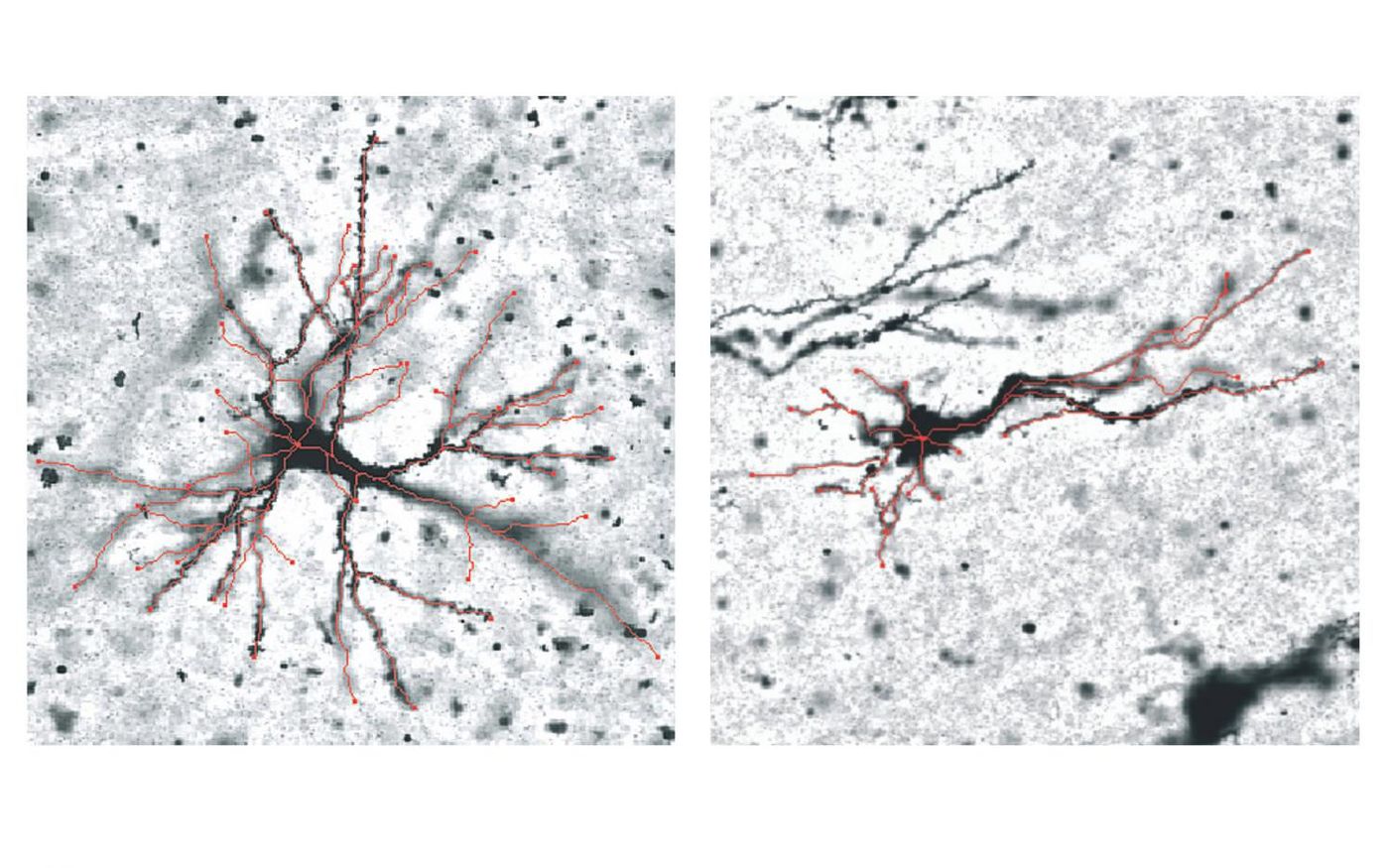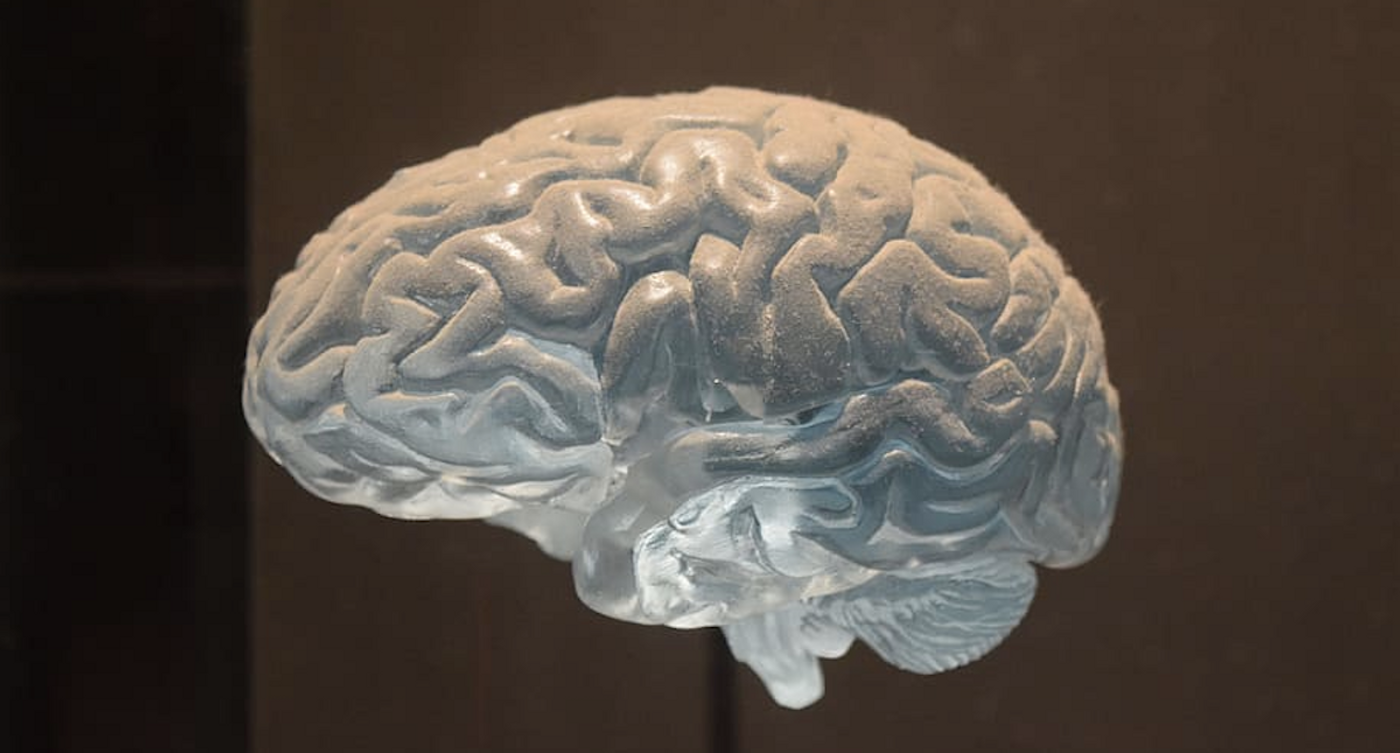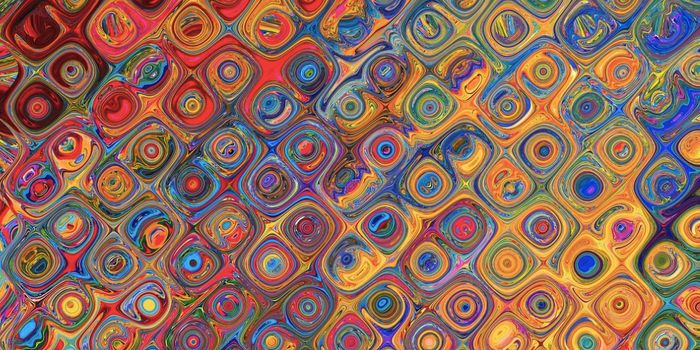Learning More About How Folds Form in the Developing Brain
The folds or gyrification of the human brain are essential to its function, and improper folding has been linked to a variety of disorders including autism, epilepsy, and schizophrenia. Premature birth is a major risk factor for cerebral palsy and it's been associated with misfolding. But researchers don't know a lot about how these folds form or how the process goes awry. Now scientists have gained new insight into how folds develop in the brain of a fetus. In research reported in Cerebral Cortex, scientists have found genes that are connected to the development of both inward and outward folds.
The scientists used sheep, an animal model that is similar in some ways to the development of the human brain. They identified changes in gene expression and the shape of neurons as the folding occurred.
The co-lead researcher, RMIT University Associate Professor Mary Tolcos noted that there is no treatment for misfolding in the brain, and no diagnostic tests that can reveal a problem before it starts.
"We know folding happens in the second and third trimester of pregnancy and that all human brains fold along largely the same patterns. This suggests the process is heavily controlled by our genes but we're only starting to understand how - it's like having an intricately folded piece of origami that's missing the instructions. Our study is a critical step towards fully understanding those genetic instructions, by pinpointing which genes are linked with fold development," said Tolcos, an Australian Research Council Future Fellow at RMIT.
"The next step is to determine the precise role these genes play in the process, so we can work towards identifying potential therapeutic targets and develop interventions to prevent and fix misfolding in the brain."
Gray matter consists only of neuronal bodies while white matter is protected by a layer of fat. This study has indicated that gray matter expands faster than white matter as the brain develops, and this instability leads to folding. But there is a pattern, which is the same among members of a species.
Sheep brains fold in the womb like human brains do. In this work, the researchers assessed genetic and structural changes in different parts of the brain in various sections of the folds at different developmental time points.
"Understanding the changes in the cortical plate during brain folding is paramount since this region changes so dramatically during this process," said postdoctoral researcher Dr. Sebastian Quezada Rojas. "We found some genes have higher expression in regions that fold outward and lower expression in regions that fold inwards. Other genes reverse this pattern. Together, these genetic expression patterns might explain why the cortical folding pattern is so consistent between individuals of the same species."
Changes in the number of dendrites formed by the neurons correlated with gene expression differences.
"We believe the regions that fold outward and inward are programmed to behave differently, and the shape of the neurons affects the way these areas fold. Untangling these connections will be focus of the next stage of this research," Quezada Rojas said.
Sources: AAAS/Eurekalert! Via RMIT University, Cerebral Cortex










